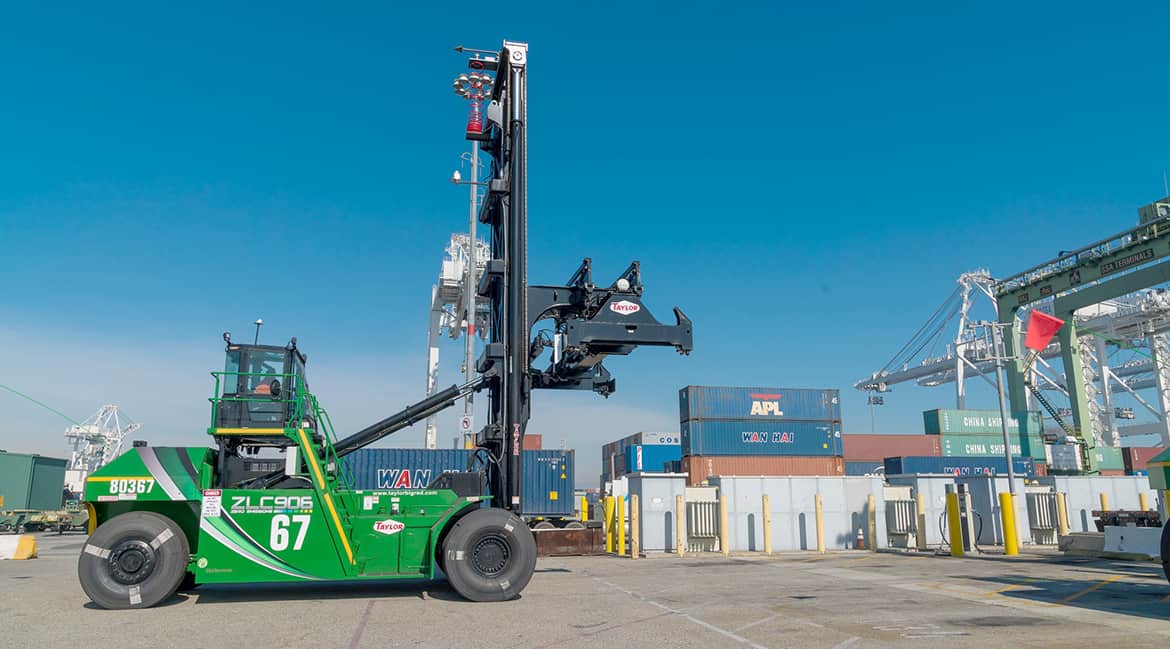The Climate Smart Ports Act of 2020, introduced by Congresswoman Nanette Diaz Barragán, is the first federal act aiming at reducing the various forms of pollution created by ports by incentivizing the transition to sustainable technologies.
The goal of the act is to direct the Administrator of the Environmental Protection Agency to “establish a program to award grants to eligible entities to purchase, and as applicable install, zero emissions port equipment and technology, and for other purposes.
“We are often given a false choice between a clean environment and a strong economy. With the Climate Smart Ports Act, we don’t have to choose.”
Congresswoman Nanette Diaz Barragán Tweet
The Climate Smart Ports Act of 2020 would revolutionize an industry with pillars of environmental and social equity and mark a crucial step to our nation’s commitment to sustainability. The act’s $1 billion yearly budget towards zero-emissions ports infrastructure would create an exemplary program to aid port users in accomplishing the following, according to a press release made on Barragán’s official website:
- Replacing diesel-burning cargo handling equipment, port harbor craft, drayage trucks, and other equipment with zero emissions equipment and technology;
- Funding the installation of shore power for docked ships, and electric charging stations for vehicles and cargo equipment;
- Developing clean energy microgrids onsite at the ports to power their facilities;
- Authorizing an additional $50 million a year for the Diesel Emissions Reduction Act, specifically for reducing emissions at ports.
- Implementing strong labor provisions to protect dockworkers from automation, require a prevailing wage for installation work generated through grants, and encourage the use of union labor and local hiring.
